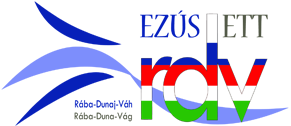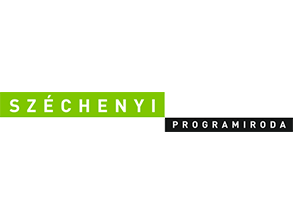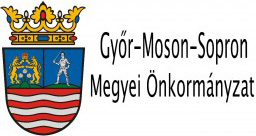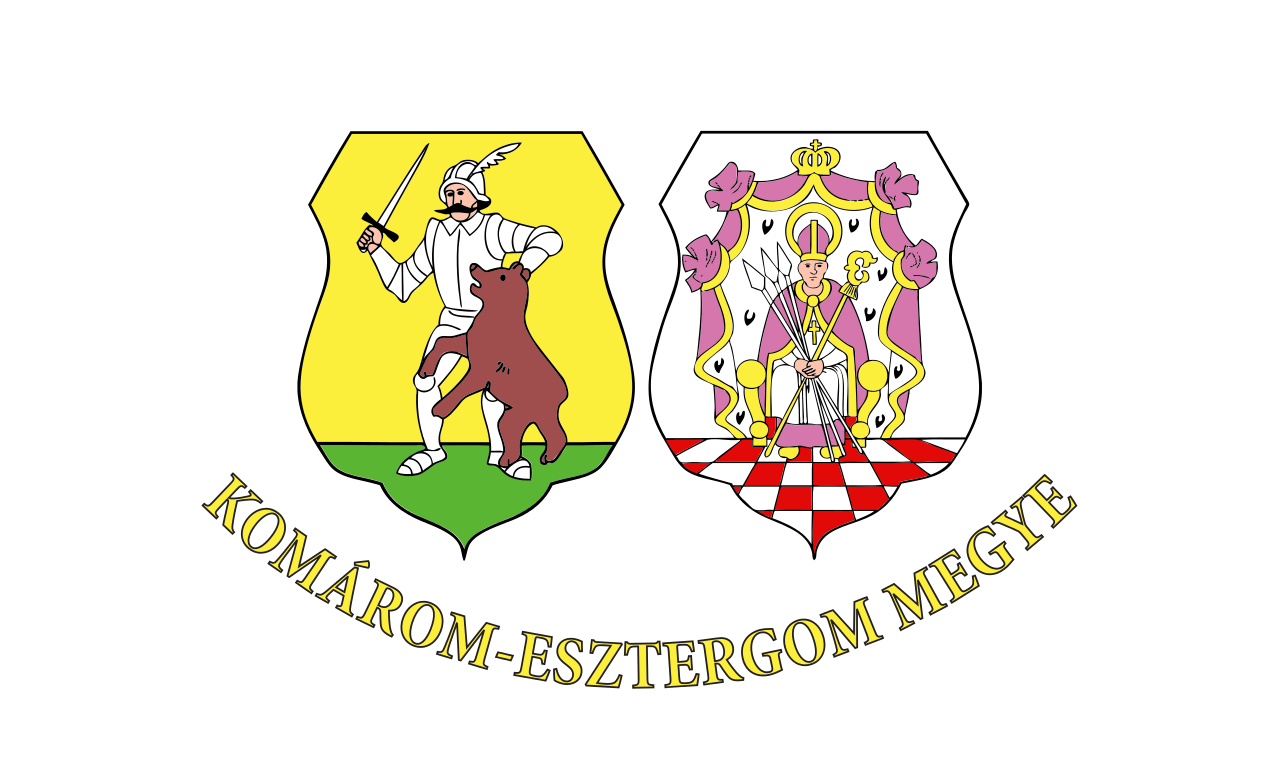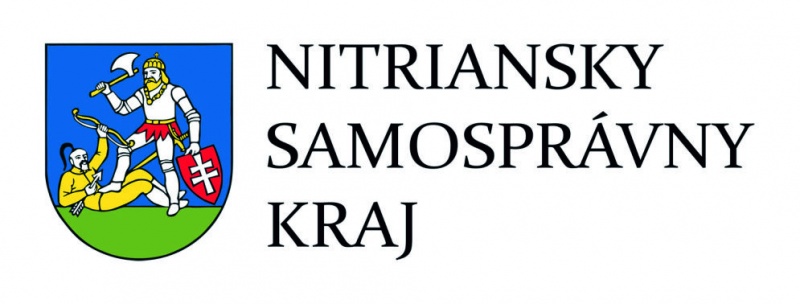Trnava Region
Trnava Region is located in the southwestern part of Slovakia, in the heart of Europe. It is bordered by three countries: Hungary, Austria and the Czech Republic that has positive impact on international cooperation. The natural border is formed by the rivers Danube and Morava. Most of its territory can be found on Hegyhát plain, the Little Carpathians and the Danube plain.
It consists of 7 districts and 251 municipalities. This is one of the smallest regions in the country – covers an area of 4148 km2 with a population of 561 000. The area is characterized by large number of Hungarian and Czech minority.
The area is rich in water resources – the most significant rivers in the territory are the Danube, the Váh and the Morava. There are several hydroelectric power plants in the region – Bélaház, Bikszárd, Kunó and Drahóc. The most significant is the hydroelectric power plant in Bős.
The region has relevant oil and natural gas resources – there is increasing interest in these types of mineral resources by the foreign investors as well. Further mineral resources that can be found in the region are: limestone, dolomite, foundry sand and gravel.
The area was already inhabited before the Celts and Romans, and belonged to important trade routes in the region. Trnava received a free royal rank from King Béla IV in 1238.
There are four protected natural zones in the territory of the region: the Danube floodplain, the White Carpathians, Hegyhát and the Little Carpathians. Tourism is concentrated in the latter area with the attractions of the Driny Cave or the Szomolányi Karst. The territory is a significant source of geothermal resources, which are utilized for medical and recreational purposes. The mineral springs and medical mud found in Büdöskő are particularly rich in sulphur and minerals. Piešťany Health Spa is specializing in the treatment of diseases of the musculosceletal system, as well as central and peripheral nerves.
There are many castles and chateaux in the region e.g. Éleskő and Jókő Castle or the Szomolányi Castle. The basilica of Sasvár and the monument of Szakolca also attract many visitors. There are several wellness possibilities in the Danube region inhabited mainly by Hungarians – Dunaszerdahely, Nagymegyer, Nyárasd, but the small watermills on the Danube also attract many visitors.
The region is industrially developed, six industry parks were established there. The most important sectors are the automotive, electrical, chemical and glass industries, as well as metallurgy. As a result of foreign direct investment, production is increasing mainly in the machinery and electronics industries. In close connection to primary agricultural production, the food industry is present in the region with focus on dairy products, meat processing, production of sugar, sweets and sparkling wine. Significant part of the industrial activity is formed by the production of PC and electronic appliances, optical products, production of chemicals and chemical products, production of basic pharmaceutical products, metal production and processing. The most dominant enterprises are PSA Peugeot Citroën (automotive), Samsung Electronics Slovakia (electronics), Johns Manville Slovakia (glass industry) and Tatrachema (chemicals and detergents).
The most important natural resource is arable land. The region is considered to be one of the most fertile areas of the country as 70% of the region is agricultural land. The agricultural activity is mainly dominated by growing cereals, corn and potato. The climate provided favourable condition for viticulture and fruit growing. The animal husbandry is focusing on cattle and pig breeding, but the number of poultry and turkey farms is also increasing.
The region has developed transport infrastructure in terms of domestic and international transport as well. Its public, rail and waterway networks are developed.
